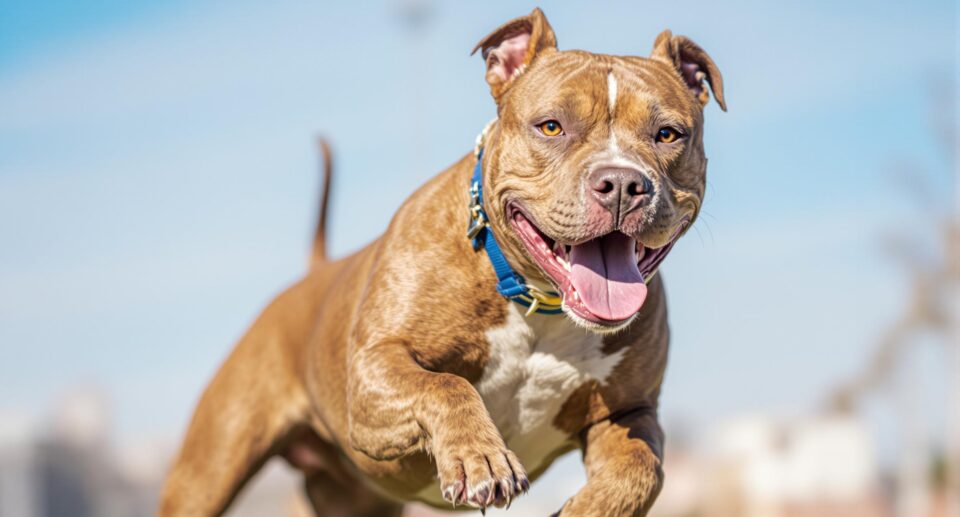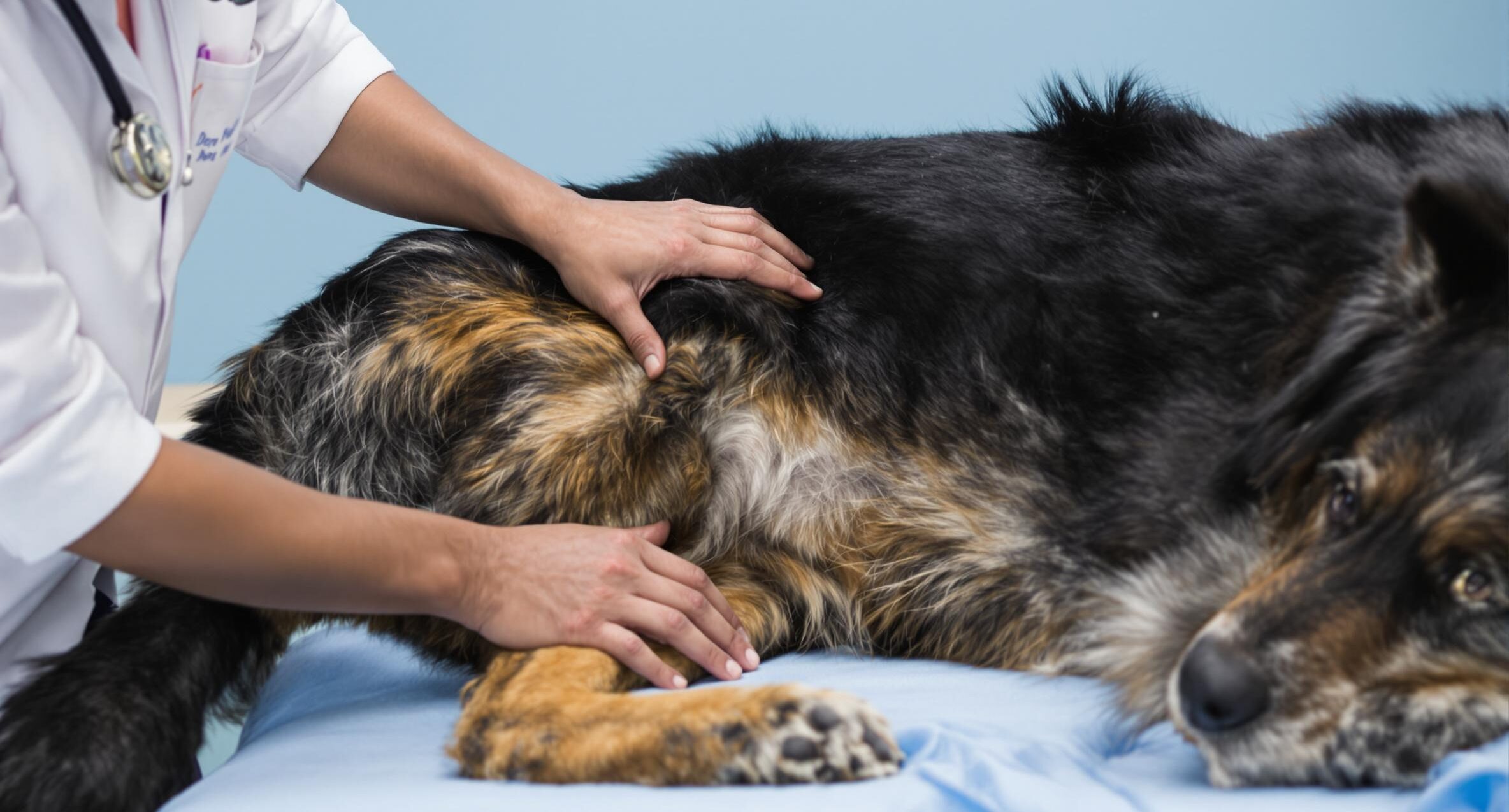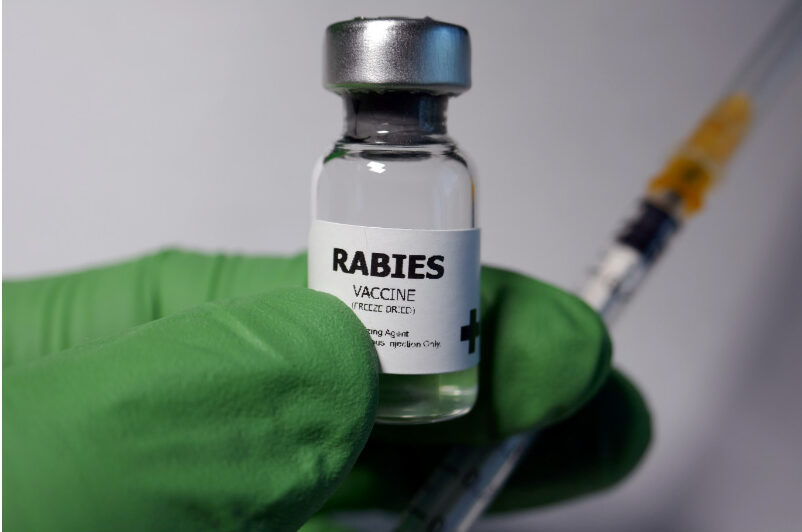
When it comes to keeping your pet safe at home, their collar is like a seatbelt, and their microchip, an air bag. Having both gives your pet the best chance of finding their way home if they ever get lost or stolen.
Why Microchips Are Important Even With A Collar
Microchips are permanent and never need to be replaced or recharged. If your pet goes missing when they are not wearing their collar, for example, if you have taken it off for bathtime or bedtime, it won’t be of any use in helping them find their way home.
What’s more, collar tags can fall off, and the text can become illegible over time. It’s a good idea to keep a spare collar with extra tags in case anything happens to your pet’s everyday set.
A microchip is also undeniable proof that your pet belongs to you. A stolen pet may have their name changed and collar removed, but they can still be recovered if their microchip is scanned.
Why Your Pet Still Needs A Collar, Even With A Microchip
Even with a microchip, it’s a good idea to have your pet wear a collar with identification tags.
While microchips are generally reliable, on rare occasions the veterinary or shelter staff may not scan your pet properly and can fail to detect your pet’s microchip. Microchips are also more difficult to update than a collar tag, so a collar is useful in the event that your pet’s microchip contact information is inaccurate. You can also use a collar tag for a temporary change in address, for example, if you and your pets ever stay in a vacation home.
Your pet’s collar should, at the very least, be inscribed with your phone number and address. That way, if someone finds your pet, they can bring them directly to your home, rather than bring them to a shelter for a potentially stressful stay while they wait to be picked up. If the person who finds your pet is unable to transport them, your cell phone number allows them to get in touch with you right away.
You can also use a collar tag to indicate if your pet has a chronic illness like diabetes. Medical tags can alert the person who finds your pet that they need to be returned immediately to get their medication, or that they should not be given treats that aren’t safe for them to eat.
Lastly, you can use your pet’s collar to hold rabies and state registration tags. These tags usually have registry numbers that someone can use to match you with your pet for an added layer of security.





